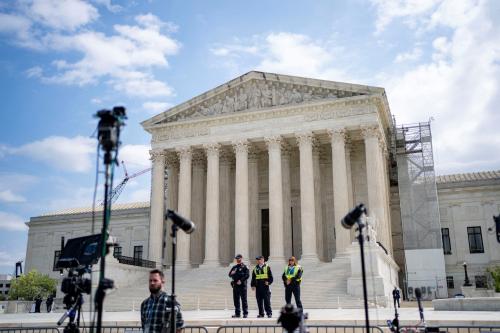Your phone rings, and it’s the White House calling, or perhaps the transition office of the president-elect: “We’re looking to fill a senior position in the new administration, and we understand that you’re one of the best, most knowledgeable people in your field. Are you interested?”
How do you react?
You’re honored and flattered, of course. You may have been hoping for this call and doing everything possible to make sure it would come. Or it’s possible that this summons has arrived out of the blue. Either way, there’s a new president in town, and he wants you to join his management team. If you’ve always wanted to perform public service, this is a golden opportunity.
But you’re also apprehensive. You’ve heard the stories about how long and difficult the confirmation process has become, how it can take months for the FBI to investigate your background, then additional months for the Senate to confirm you — or even longer if a senator decides to hold you “hostage” in a policy fight or simply doesn’t like your background. You may know someone whose confirmation became an unseemly ordeal.
Maybe you have more questions than answers, and you’re not certain how to make up your mind. You want to find out what this would mean for you, your family and the people you work with, both now and after you complete your stint in government. Or you definitely want the job but need more information about filling out the required forms, navigating the Senate and, perhaps, relocating to Washington.
If you fit into any (or all) of these categories, then you are precisely the person we had in mind when writing A Survivor’s Guide for Presidential Nominees. A collaboration between The Presidential Appointee Initiative, a project of the Brookings Institution funded by The Pew Charitable Trusts, and the nonprofit, nonpartisan Council for Excellence in Government, the Guide attempts to answer virtually every question a nominee might have upon being asked to serve. It draws upon the experiences of dozens of senior officials who served in six administrations over the past three decades, as well as on numerous reports by academics and blue-ribbon commissions. The purpose is to ensure that nominees hit the ground running.


